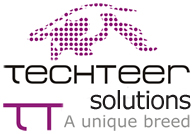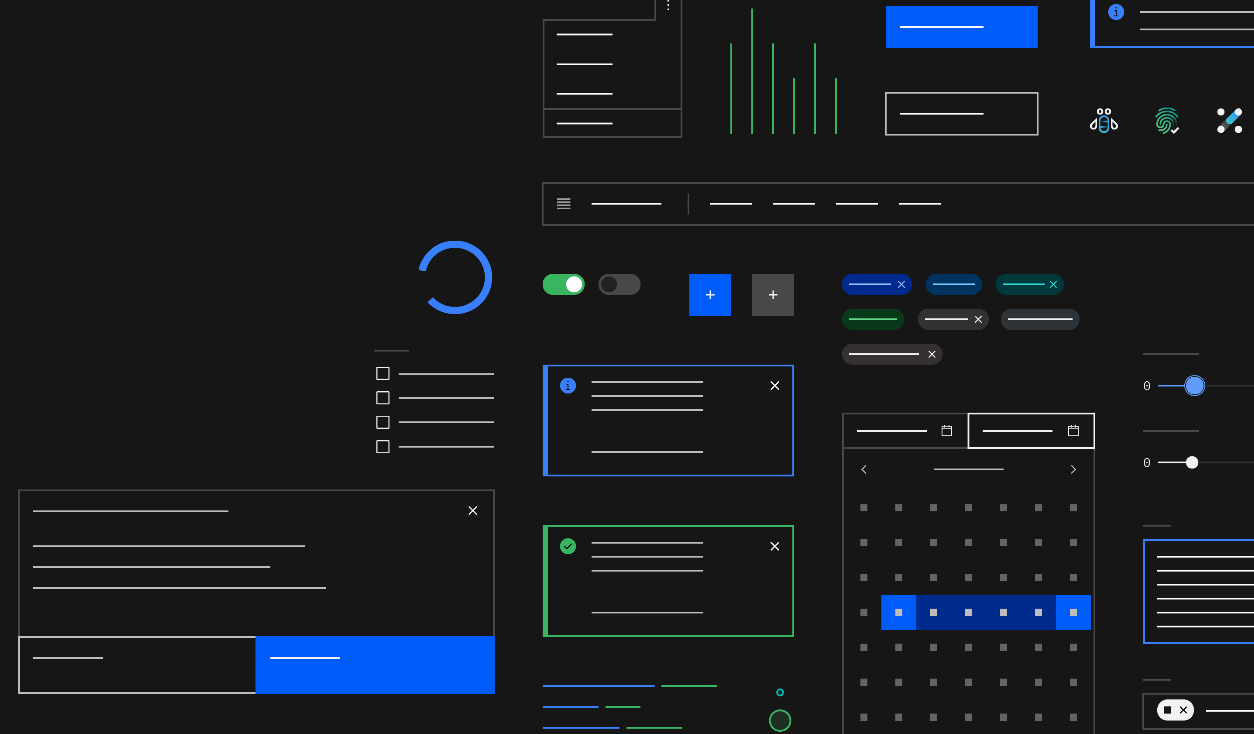What is a Plan Frameworks?
A plan framework is an extensive arrangement of principles, rules, parts, and instruments used to make a predictable visual and client experience across an item or a set-up of items.
It fills in as a solitary wellspring of truth for creators, designers, and different partners engaged with the creation and support of computerized items.
Key Parts of a Plan Framework:
Plan Standards:
Center methods of reasoning that guide the plan choices, guaranteeing that all parts and formats stick to the equivalent general objectives and values.
Style Guide:
An assortment of rules and visual rules for components like typography, variety ranges, iconography, dividing, and symbolism. It characterizes how these components ought to be utilized to keep up with consistency.
UI Parts:
Reusable UI parts, for example, buttons, structures, modals, route bars, and cards. These parts are intended to be utilized across different pieces of an item to guarantee a uniform look and feel.
Part Library:
A coded library where the UI parts are put away, ordinarily in a configuration that can be handily coordinated into an improvement climate. This library permits engineers to rapidly carry out plan components without reproducing them without any preparation.
Examples and Formats:
Predefined blends of parts and designs that address normal plan difficulties, like sign-up structures, dashboards, or content presentations. These examples assist with smoothing out the plan cycle by giving demonstrated arrangements.
Documentation:
Definite directions and rules on the most proficient method to utilize the plan framework, including models, best practices, and clarifications of the reasoning behind plan choices.
Advantages of a Plan Framework:
Consistency:
Guarantees a bound together look and feel across all items and stages.
Effectiveness:
Paces up the plan and improvement process by giving prepared to-utilize parts and rules.
Versatility:
Makes it simpler to scale items by keeping up with consistency across new highlights or stages.
Coordinated effort:
Works with cooperation between fashioners, engineers, and different partners by giving a common language and assets.
1-Google Material Plan
Material Plan is initially made by Google and it is profoundly famous for portable applications, particularly in Android improvement. It is additionally generally utilized in web advancement.
Features
Reliable UI/UX: Material Plan guarantees a uniform and instinctive experience across various gadgets, with normalized components like buttons, symbols, and movements.
Responsive Plan: It adjusts to different screen sizes, making it ideal for versatile, tablet, and work area.
Movement and Connection: Stresses significant movement to direct clients, giving a really captivating encounter.
Material Theming: Permits customization of the plan framework to match brand personality while keeping up with consistency.
Exhaustive Rules: Broad documentation assists engineers and planners with executing Material Plan accurately.
Material Plan Systems
A few famous structures that carry out Material Plan include:
Material-UI (Respond): A Respond based structure for building Material Plan parts.
Precise Material: A bunch of reusable UI parts for Rakish.
Vuetify: A Material Plan part system for Vue.js.
Vacillate: Google’s UI tool compartment that involves Material Plan as a matter of course for both Android and iOS.
2-IBM Carbon
Carbon is IBM’s plan framework custom fitted for web and item improvement, offering a durable way to deal with making steady and outwardly engaging UIs. It includes an assortment of individual styles, parts, and rules that guarantee a bound together look and feel across IBM’s computerized items.
As a free and open-source plan framework, Carbon is based upon the IBM Plan Language and is authorized under the Apache Permit 2.0.
Since its public send off on June 10, 2015, Carbon has been instrumental in assisting originators and engineers with creating consistent and normalized UI encounters.
Features
Exhaustive Part Library: Carbon offers an extensive variety of pre-fabricated UI parts, including buttons, structures, tables, and route components, intended to guarantee consistency and ease of use across applications.
Theming and Customization: Carbon considers simple customization of subjects to line up with brand character, empowering engineers to adjust the plan framework to explicit venture needs while keeping a firm look.
Availability: Worked in light of openness, Carbon guarantees that all parts meet or surpass WCAG rules, making it more straightforward to make comprehensive and easy to use interfaces.
Responsive Plan: The framework is improved for responsiveness, guaranteeing that applications look and perform well on various gadgets and screen sizes, from versatile to work area.
Broad Documentation: Carbon gives exhaustive documentation and rules, offering bit by bit guidelines, code pieces, and plan standards to assist groups with carrying out the framework really.
Plan Tokens: Carbon utilizes plan tokens to store configuration related characteristics like tones, dividing, and typography, empowering predictable application across all stages.
Support for Numerous Structures: Carbon is viable with a few front-end systems, including Respond, Rakish, and Vue, making it flexible for different improvement conditions.
Open Source People group: As an open-source project, Carbon benefits from commitments and upgrades from a worldwide local area, guaranteeing ceaseless improvement and development.
Movement and Collaboration Rules: Carbon incorporates movement rules to assist creators and designers with making liquid and instinctive client connections, upgrading the general client experience.
Structures that utilizes Carbon Plan Framework
Carbon Respond (carbon-parts respond): A Respond execution of the Carbon Plan Framework, giving a thorough arrangement of Respond parts that observe Carbon’s rules and plan standards.
Carbon Rakish (carbon-parts precise): This is the Rakish adaptation of the Carbon Plan Framework, offering UI parts custom fitted for Precise applications.
Carbon Vue (carbon-parts vue): A Vue.js execution of Carbon, furnishing Vue parts that coordinate flawlessly with Carbon’s plan language.
Carbon Smooth (carbon-parts smooth): A Smooth execution that brings Carbon Plan Framework parts to Smooth applications, taking into consideration lightweight and responsive UI improvement.
Carbon for IBM Cloud (carbon-addons-cloud-respond): A Respond addon for the Carbon Plan Framework, explicitly customized for IBM Cloud administrations, giving extra parts and styles to line up with the IBM Cloud plan language.



